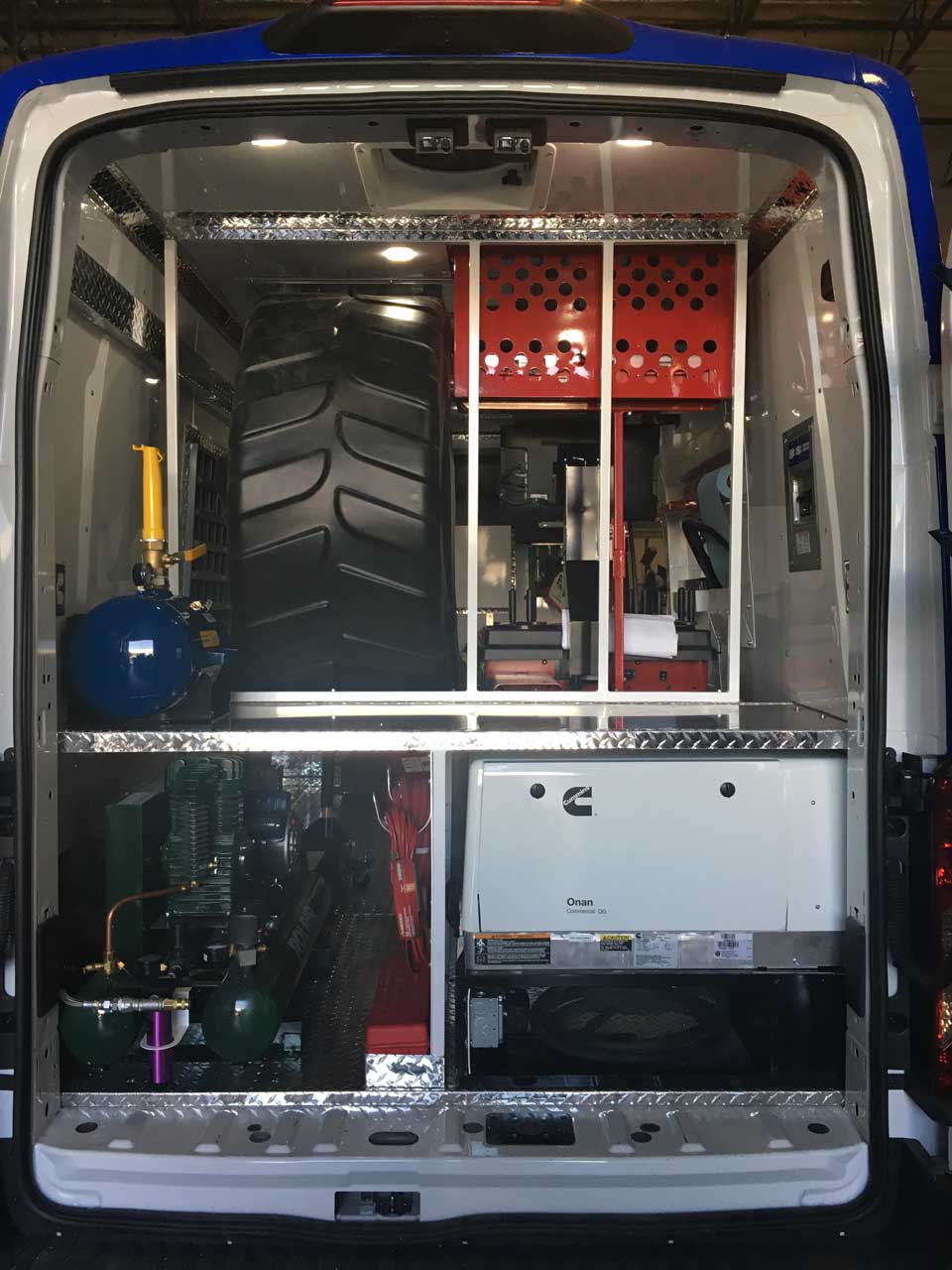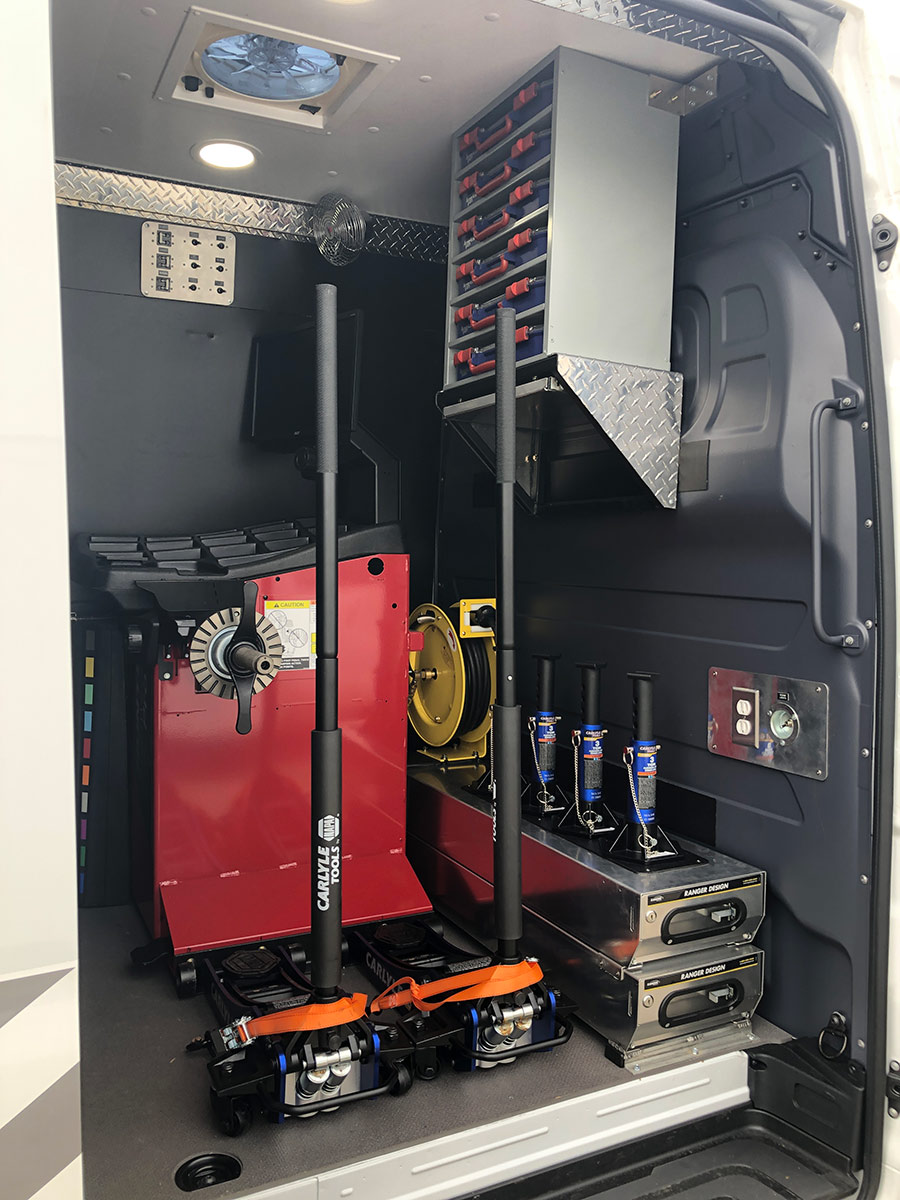Hassle-free Mobile Tire Service in Las Vegas at Your Front door
Hassle-free Mobile Tire Service in Las Vegas at Your Front door
Blog Article
Tire Service: Proven Approaches for Ideal Tire Maintenance and Treatment
Maintaining optimum tire condition is extremely important for both security and efficiency of any type of vehicle. From ensuring correct tire pressure to normal rotation and positioning, there are proven techniques that can significantly prolong the life-span of your tires and boost total driving experience. As we check out the intricacies of tire treatment and maintenance, we will reveal crucial guidelines that every automobile proprietor ought to comply with for the finest feasible outcomes. Let's dive into the globe of tire service and uncover the tricks to maintaining your tires in first-class form for the long haul.
Value of Tire Stress
Correct tire pressure is a vital aspect in making certain optimum lorry efficiency and safety and security when driving. Maintaining the recommended tire stress degrees given by the manufacturer offers numerous advantages. Ample tire stress advertises much better fuel efficiency, as under-inflated tires can lead to raised rolling resistance, creating the engine to function more challenging and take in more gas. Second of all, right tire pressure makes sure even tread wear, boosting tire longevity and saving cash in the future by delaying the demand for early replacements. Furthermore, properly blew up tires add to boosted handling and braking capabilities, critical for risk-free driving in various road problems. Over-inflated tires, on the various other hand, can cause minimized traction and a harsher adventure. On the other hand, under-inflated tires are prone to getting too hot, which can result in blowouts and crashes. On a regular basis checking and readjusting tire stress, particularly eventually trips, is a simple yet efficient way to improve vehicle efficiency, extend tire life expectancy, and focus on safety when traveling.
Tire Rotation Guidelines
When taking into consideration tire turning guidelines, it is crucial to comprehend the relevance of this maintenance job in maximizing tire life-span and maintaining optimum car efficiency. Tire rotation includes changing the setting of each tire on a lorry to make sure also walk wear. Front tires often tend to use more swiftly than back tires due to steering pressures, making normal turning important for well balanced wear patterns.

Advantages of Wheel Positioning
Ensuring appropriate wheel alignment after tire rotation is vital for keeping balanced wear patterns and optimizing lorry performance. Wheel positioning describes the change of the angles of the wheels to the manufacturer's specs. Among the key advantages of wheel positioning is enhanced taking care of and steering reaction. When the wheels are appropriately straightened, it reduces guiding effort, making sure a smoother and much more regulated driving experience. In addition, correct wheel alignment helps to extend the lifespan of your tires. Misaligned wheels can cause uneven tire wear, leading to premature tire replacement and increased upkeep expenses.

Tire Footstep Deepness Inspect
Executing a regular evaluation of tire step depth is vital for keeping safe driving conditions and extending the life expectancy of your tires. The step on your tires plays an essential function in giving traction, particularly in unsafe or damp problems. To check your tire walk deepness, you can utilize a step deepness scale or the penny test. The advised tread depth is at least 2/32 of an inch. official statement If the walk depth is below this limit, it is time to change your tires to make sure optimum efficiency and safety on the road. Irregular step wear can show concerns with tire stress, alignment, or suspension, highlighting the value of routine step deepness checks. Ignoring to check and keep correct step depth can result in decreased grip, longer stopping ranges, and a boosted danger of hydroplaning. By integrating tire tread deepness explore your regular maintenance routine, you can drive with confidence knowing that your tires remain in leading condition.
Seasonal Tire Assessment
Seasonal tire inspection is a fundamental aspect of tire upkeep that makes certain tires are prepared to deal with the difficulties positioned by different climate problems. In preparation for winter season, it is important to check the tire stress consistently as cool temperature levels can trigger tire pressure to go down. By carrying out routine seasonal tire inspections, vehicle drivers can lengthen tire life expectancy, boost fuel efficiency, dig this and most notably, make sure a protected driving experience in varying climate conditions.
Conclusion
Finally, keeping correct tire pressure, revolving tires on a regular basis, straightening wheels properly, keeping an eye on tread deepness, and carrying out seasonal inspections are essential methods for optimal tire treatment. By complying with these shown approaches, chauffeurs can guarantee their tires last longer, do much better, and add to general lorry security. It is necessary to prioritize tire upkeep to avoid crashes, enhance gas efficiency, and extend the life-span of tires.
Appropriate tire pressure advertises much better gas effectiveness, as under-inflated tires can lead to boosted rolling resistance, causing the engine to function harder and eat more gas.When taking into consideration tire turning guidelines, it is vital to understand the relevance of this maintenance task in optimizing tire life expectancy and maintaining optimal automobile performance. Seasonal tire inspection is an essential element of tire upkeep that makes certain tires are ready to face the difficulties presented by various climate problems. By performing routine seasonal tire inspections, chauffeurs can extend tire life expectancy, boost gas performance, and most notably, make certain a secure driving experience in varying weather condition problems.
In verdict, keeping correct tire stress, revolving tires routinely, straightening wheels correctly, monitoring tread deepness, and performing seasonal examinations are crucial techniques for optimum tire treatment.
Report this page